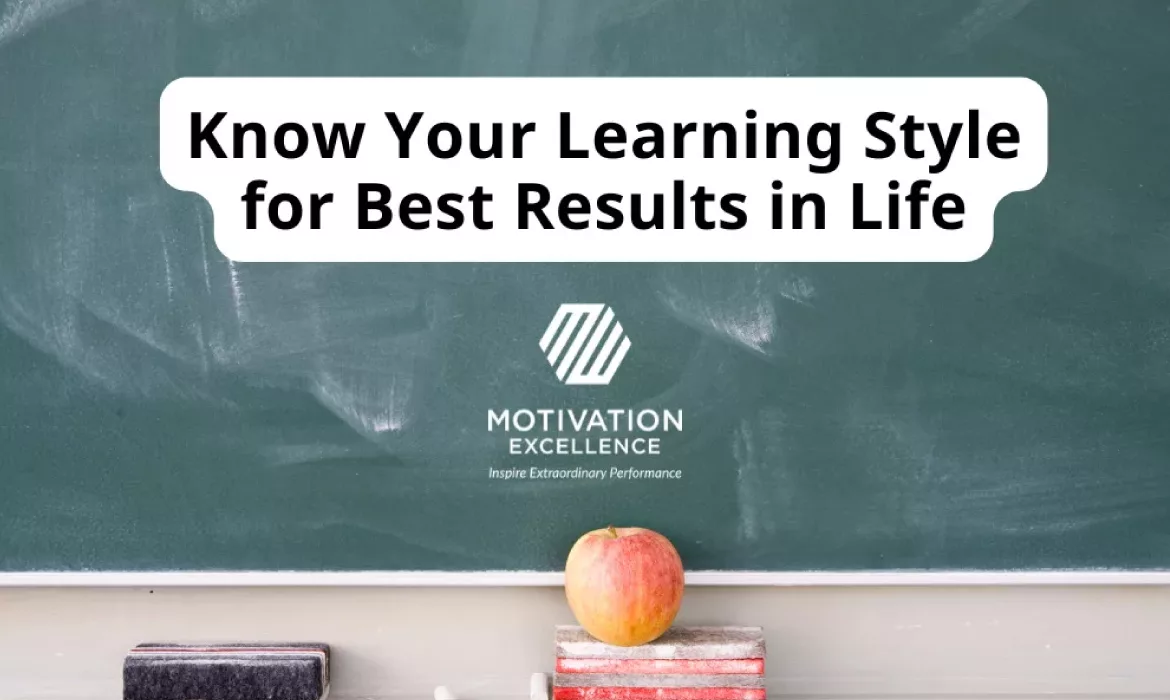
We really never stop learning. There’s always a trendy gadget to understand or a change in work policy to incorporate or new slang in use…so truly, whether you consider yourself a lifelong learner or not, we are all forced to learn big and little things throughout life. Knowing how you learn best is critical to digesting new information and putting it to good use. Knowing how your colleagues, employees and clients prefer to learn will give you a nice roadmap to follow when you’re the one teaching the lesson.
Know How You Prefer to Learn
There are four widely recognized styles of learning:
- Auditory
- Visual
- Verbal
- Kinesthetic
Each one lends itself to preferred methods of taking in new information.
| Learning Style | Preferred Method of Intake |
| Auditory | Traditional lecture type presentation |
| Visual | Needs to see it in graphs, diagrams, photos, etc. |
| Verbal (reading/writing) | Likes taking notes and reading on own |
| Kinesthetic | Wants to be hands-on, immersed in subject |
It’s important to know where on this spectrum you thrive. You can have a combination of preferred learning styles too. It’s OK to mix and match to find the right fit. For instance, when learning a language, you might prefer to hear others speak while reading along. For car maintenance, you might need to literally get your hands dirty while watching a DIY YouTube video.
To see where you fall, take a VARK (Visual, Auditory, Reading/Writing, Kinesthetic) assessment.
Know How Others Prefer to Learn
It’s just as important to know how others like to learn, if you’re the teacher. Insperity offers a way to figure out someone else’s learning style from listening to their questions.
| Learning Style | Questions Others Will Ask |
| Auditory | Can you tell me…? |
| Visual | Can you demonstrate that for me? |
| Verbal (reading/writing) | Is there a manual on this? |
| Kinesthetic | Can I try it myself? |
Once you’ve pinpointed your teammates’ learning styles, providing an environment where each can succeed as they absorb new information is important. Cornerstone on Demand defines workplace learning styles slightly differently than VARK and suggests the environment best suited to each type.
| Learning Style | Best Environment |
| Student (visual and verbal) | Learns best seeing presentations and writing notes |
| The Independent | Prefers learning alone than in a group setting |
| The Conversationalist | Likes background noise and talking through things |
| Hands-on Learner | Wants a calm environment and be allowed trial and error time |
Cornerstone adds that when looking at diversity in the workplace, learning style is absolutely part of the equation.
Using a Variety of Methods
At the end of the day, we all prefer to learn in ways unique to our personality and level of self-awareness. Be conscious of that when you’re presenting to a client or selling to a customer. Interactions on your company website will benefit from accommodating a variety of information intake methods: page text, videos, webinars, blogs, summary graphics, full-blown case studies and podcasts.
And if you are someone who prides themselves on tackling new topics, languages, sports or hobbies, know how best to set yourself up for success right from the beginning. Just because you’re out of school, doesn’t mean you don’t have a lot more to learn!


